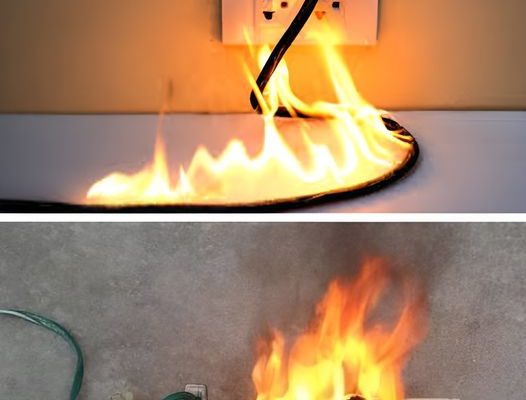While connecting electrical gadgets to power strips is super handy and cost-effective, did you know it can also come with some risks?
Plugging in high-energy devices or overloading the power strip can lead to serious issues. It might damage your appliances, cause blackouts, and even start fires. How do I know this?
I experienced it myself. Since that incident, I’ve been really cautious about what I plug in… Here are 9 devices you should never connect to a power strip.
First off, check the maximum wattage of the power strip.
Before sharing the list of devices not to plug in, it’s important to understand one thing. The max wattage for all power strips is shown on their cords.
So first thing before plugging anything in is to look at this info. Then it’s easy; just add up the wattage of each device connected to the strip.
How do I find out how much power a device uses? You might ask.
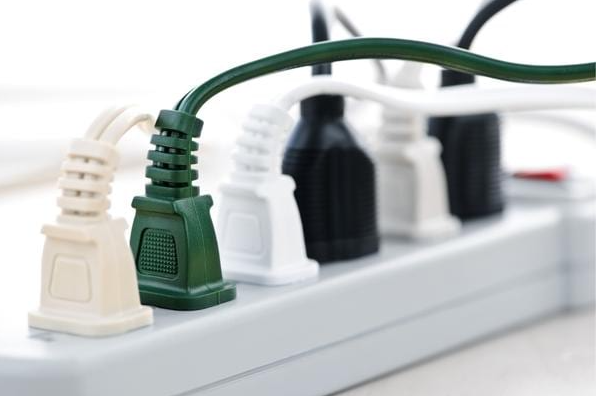
Well, like with the power strip, this info is labeled on each appliance. For example: if your power strip has a limit of 3500 W and you plug in an oven using 2500 W along with a vacuum cleaner at 800 W and a kettle at 250 W—you’re overloading it (2500 + 800 + 250 = 3550). The only fix here?
Unplug one device from the strip so you’re back under its max limit! Otherwise, things could get dangerous. Now let’s see which devices should stay away from a power strip.
- The oven
The oven is definitely one of those energy-hungry appliances! Even if you don’t use it often, don’t ever plug it into a power strip!
It’s best to use its own wall outlet instead for safety against overheating.
- The refrigerator
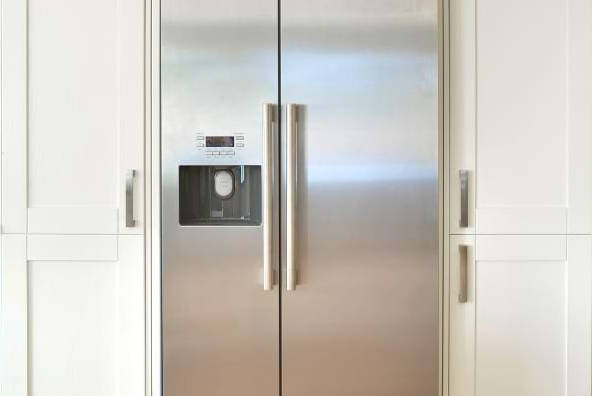
I know what you’re thinking—the refrigerator isn’t usually seen as an energy hog compared to other appliances since it doesn’t use too much juice right? So we think it’s okay!
But remember that refrigerators run constantly—24/7! So plugging them into an extension cord isn’t smart; this also goes for freezers too!
- The washing machine
A washing machine typically uses around 1150 kWh yearly—it’s quite energy-intensive so avoid using a power strip for this appliance!
Using its own wall outlet keeps everything safe from short circuits or overheating issues with extension cords—this applies for dryers too since they draw lots of electricity as well!
- Space heaters
I’m not saying don’t use them but make sure they’re plugged directly into wall outlets—not extension cords because they can quickly overload those strips!
- The microwave
Don’t be fooled by its small size; microwaves actually consume about 70 kWh per year! That’s significant enough reason not to connect them through an extension cord either.
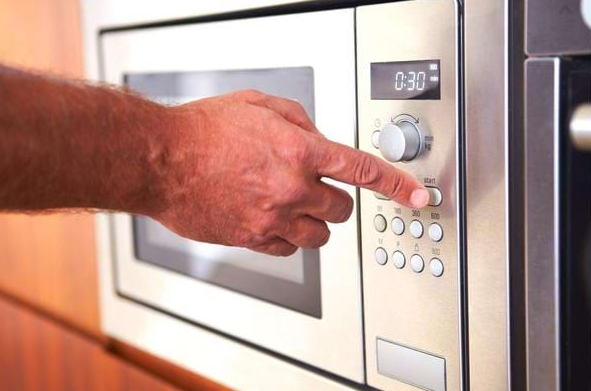
- Coffee maker
You may think coffee makers are tiny machines that don’t take up much energy but they actually consume around165 kWh/year! So always plug these directly into wall outlets too.
- Toaster
If you’re making toast every morning—you’re using between500-1000W annually! Yes that’s quite high for such little gadget so steer clear from plugging it into any kind of extension cord
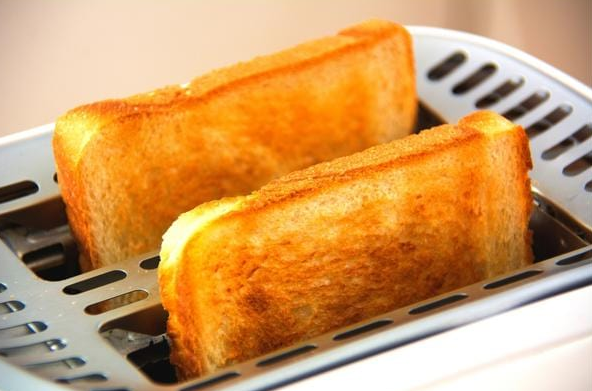
8.Another extension
Got many gadgets needing plugs? Using multiple extensions linked together isn’t wise at all! This practice can easily exceed allowed limits on your mainstrip leading towards potential hazards like fires
9.Internet box/computer/TV
These items may seem low-energy but they’re sensitive when faced with electrical problems (like surges). Avoid putting them onto regular strips unless equipped properly via surge protectors
Conclusion: Now you know which electrical items shouldn’t go near those peskypowerstrips anymore.
Fire risks are thankfully low—but better safe than sorry right? Because overheating dangers are real!
